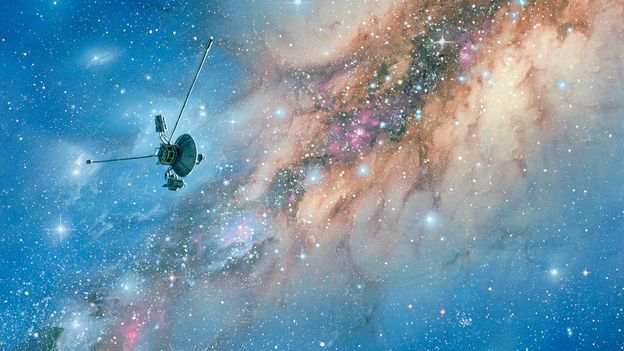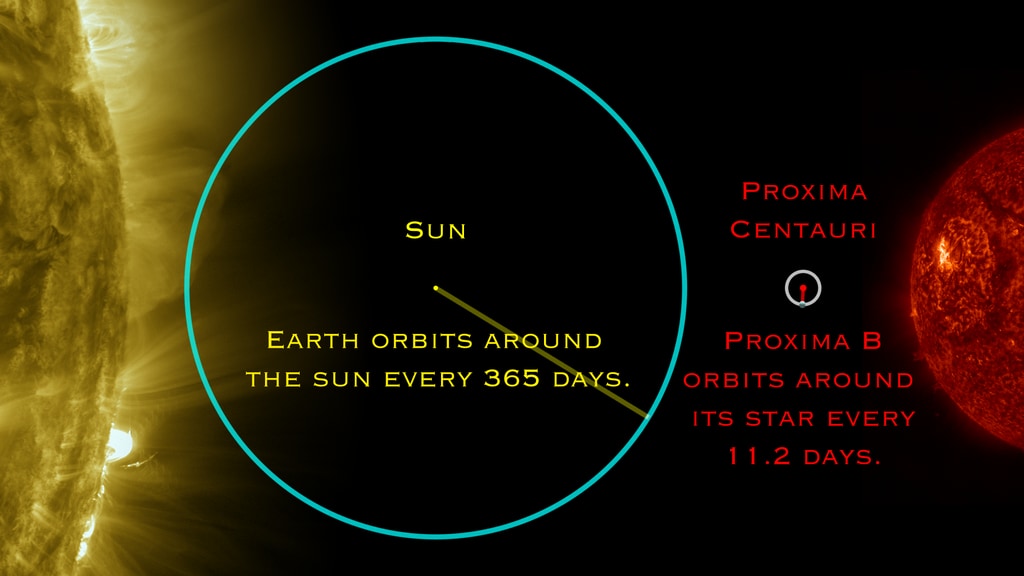
Analysts Warn of Potential Risks for Alphabet Amid Google Breakup Speculations, Despite Stock Gains
Latest News
Zaker Adham
17 August 2024
14 July 2024
|
Zaker Adham
Summary
Summary
A revolutionary propulsion system could accelerate the future of interstellar travel, potentially bridging the vast distance to Proxima Centauri.
Proxima Centauri, the nearest star to Earth, is about 8,000 times farther than Pluto. To send a probe to this distant star, we need to achieve speeds much greater than what is currently possible. The key to this challenge may lie in a proton beam made diffraction-proof through advanced algorithms.

Voyager 1, now 15.2 billion miles from Earth, recently made headlines for losing and regaining contact through precise, long-distance repairs. Despite its remarkable distance, Voyager 1 is still 1,600 times closer than Proxima Centauri. This star system could be our best chance for discovering a second habitable planet, but at 25 trillion miles away, it remains out of reach with current technology. Voyager 1 took 50 years to travel its current distance.
To explore Proxima Centauri and its exoplanets, we need a new propulsion paradigm. Probes, being much smaller than manned spacecraft, are ideal for testing innovative propulsion ideas. In 2018, NASA’s Innovative Advanced Concepts (NIAC) group published a report by scientist Chris Limbach on a proton beam propulsion system called PROCSIMA: Photon-paRticle Optically Coupled Soliton Interstellar Mission Accelerator.
Unlike the nuclear battery powering Voyager 1, the proton beam propulsion system offers unique advantages. Limbach explained that the propulsion capabilities are derived from separating power and propulsion subsystems from the spacecraft itself. This approach simplifies the propulsion dynamics, making the calculations less complex.
The concept involves using Earth-based proton beams to propel the spacecraft. This method differs from traditional propulsion systems where the propulsion mechanism is onboard the spacecraft. This external propulsion system is akin to a baseball being hit by a bat—the power comes from the swing, not the ball itself.
One major challenge with Earth-based beams has been diffraction over long distances, which reduces their effectiveness. Limbach’s breakthrough involves keeping the beam focused over trillions of miles. Despite sci-fi depictions of a crowded outer space, our local space is relatively empty, providing a clear path to Proxima Centauri.

Limbach’s paper reviews existing knowledge and introduces new concepts for self-guiding, non-diffracting particle beams. While complex, moving this complexity to Earth makes repairs during the probe’s journey feasible.
Limbach concluded that no insurmountable obstacles were found, only promising ideas needing further exploration. As interest in space travel grows, these advancements may become increasingly urgent.

Latest News
Zaker Adham
17 August 2024

Latest News
Zaker Adham
15 August 2024

Latest News
Zaker Adham
14 August 2024

Latest News
Zaker Adham
13 August 2024